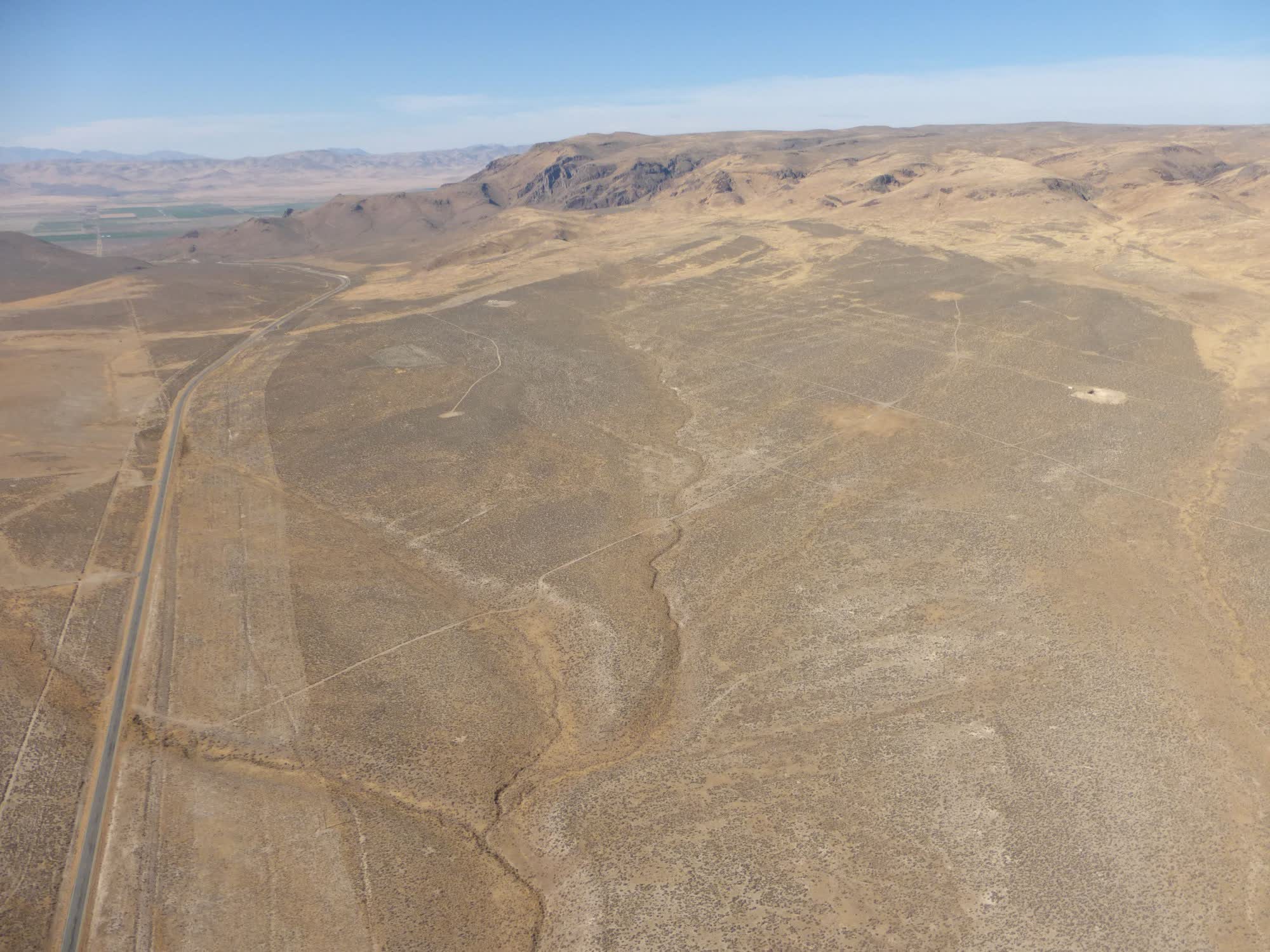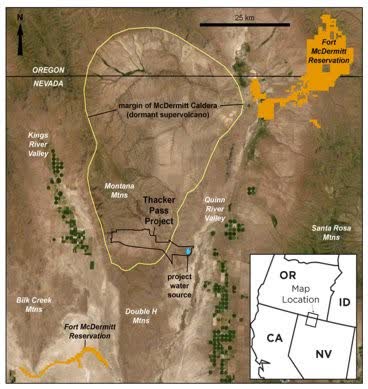What just happened? What is likely to be the world's largest deposit of lithium has been discovered in a volcano crater along the Nevada-Oregon border. It's estimated that the McDermitt Caldera holds between 20 million and 40 million metric tons, which would be larger than the current 21-million-ton record-holding deposit beneath the salt flats of Bolivia.
Located in the 28-mile-long and 22-mile-wide McDermitt Caldera, the discovery of the deposit will be a massive boost to the United States' lithium reserves, which have been estimated at just one million metric tons. Most of the world's major deposits are in countries outside of North America, such as Chile, Bolivia, Argentina, China and Australia. It could also encourage more US investment in electric cars and will alleviate fears over lithium shortages – it's thought that a million metric tons of lithium will be needed by 2024.
"It could change the dynamics of lithium globally, in terms of price, security of supply and geopolitics," Belgian geologist Anouk Borst told Chemistry World. "The US would have its own supply of lithium and industries would be less scared about supply shortages."
The size of the deposit still has to be confirmed, but Lithium Americas Corporation says it expects to start mining the supply in 2026.
Experts from Lithium Nevada, the University of Oregon, and New Zealand research institute GNS Science have said that when the supervolcano erupted around 16 million years ago, the magma that burst through the ground enriched the clay soil with lithium.
A type of clay, called illite, was found near the southern side of the caldera that is highly concentrated with lithium. It's likely the result of another resurgence of magma after the caldera's ancient lake had dried out, replacing lithium-smectite in lake sediment with an even richer lithium-illite claybed, writes Science Alert.
Not everyone is celebrating the discovery, especially the Native American tribes who say the land is sacred. There are also potential dangers to native wildlife, and researchers are worried that the project will cause groundwater levels to drop to dangerous levels. Even NASA has spoken out against mining in the area. The space agency has been using Nevada's Railroad Valley lakebed since 1993 to accurately gauge the time it takes for satellite signals to travel to Earth and back, allowing it to calibrate the satellites.

